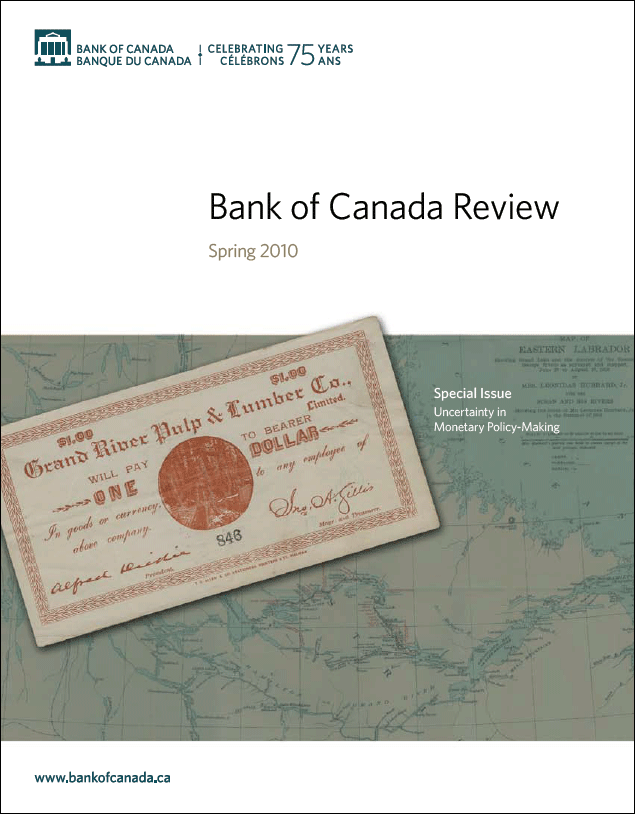Bank of Canada Review - Spring 2010
Discussion of recent research into three ways that oil-futures prices can improve our understanding of current conditions and future prospects in the global market for crude oil; inflation expectations and the conduct of monetary policy: a review of recent evidence and experience; examination of the influence of various forms of economic uncertainty on the performance of different classes of monetary policy rules; how, when, and why such revisions to many important economic variables occur.
